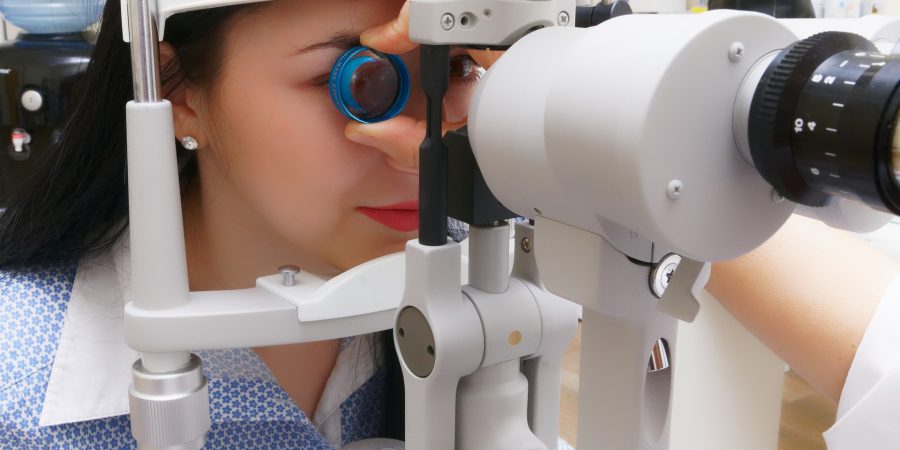Conditions

Corneal Dystrophy
Corneal dystrophy is an inherited eye condition that affects the delicate inner layer of the cornea called the endothelium. The endothelium functions as a pump-like mechanism which constantly removes fluids from the cornea to maintain clarity of vision. Gradually over time, patients with corneal dystrophy lose these endothelial cells. Once lost, they do not grow back. Instead, the remaining cells begin to spread out to fill in the empty spaces. The pump becomes less efficient causing the cornea to swell and cloud over reducing visual acuity.
- Nsectetur cing elit.
- Suspe ndisse suscipit sagittis leo.
- Entum estibulum dignissim posuere.
- If you are going to use a passage.
Surgery Procedure
Your surgeon will mark and measure the amount of tissue to be removed. Your eyes and lids will then be numbed and prepped for eyelid surgery. The measured amount of tissue will be excised, and then the incision will be sewn back together. The surgery takes about 1 hour.
You will be taken to the recovery area and icepacks placed on your eyes. You will be given an antibiotic ointment to use during the healing process. Your eyelids will be swollen for a few days, and you may have bruising for a few weeks.
Your results will astound you as you look and feel more rested and are able to see much better in just a matter of days!
Patient Frequently Asked Questions
Slightly more common in women than men, corneal dystrophy often develops between the ages of 30 and 40 and is an inherited condition which can be controlled but not cured. It typically affects both eyes.
Common symptoms include hazy vision that is often more noticeable in the morning, fluctuating vision, glare, light sensitivity and a sandy, gritty sensation in the eyes.
Corneal dystrophy is detected by examining the cornea with a slit lamp microscope which magnifies the endothelial cells thousands of times. The ongoing progression of the disorder is monitored with pachymetry testing to measure the thickness of the cornea. Specular microscopy is also used to monitor the number, density, and quality of the endothelial cells.
Medications are used to control blurred vision that results from corneal swelling. Salt solutions in the form of drops and ointments are also prescribed to draw fluid from the cornea and reduce swelling and improve vision. Surgical intervention is indicated when the vision deteriorates to the point that ability to function normally is impaired. At this point, a corneal transplant may be indicated.


